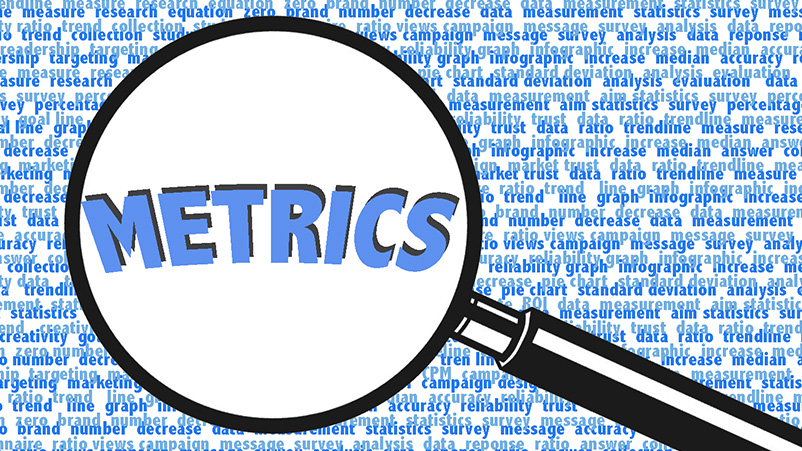Effective goal setting systems include metrics or KPIs (Key Performance Indicators). However, they also carefully consider the right types of metrics and KPIs to measure and monitor to track progress.
Simon Sinek is an advocate for using metrics to create momentum and to monitor progress over time, not just over a fixed period of time. For example, a professional may have a KPI to sell 100 units per month or a team may have a goal to sell 10,000 units per month. It is possible for both the individual and the team to meet their goals together, or one could fail to meet the goal and the other succeed.
In this way, having a picture of the overall growth is important. If there is progress for both the individual and the team, even if one of the two did not meet their KPI, that progress can be analyzed and used to add to the progress over the next goal period.
Setting the Right Goal
The ideas behind SMART goals are important for personal, team, or business goals. The acronym SMART stands for specific, measurable, achievable, relevant, and timely (time-bound). Each of these components must be in place to develop the best metrics to measure progress.
Lead Metrics
Lead metrics are the measurable actions to take to achieve the goal. In the example above, a lead metric for the salesperson may be making ten cold calls a day or following up with new B2B customer connections on LinkedIn within 24 hours. Team metrics could include cumulative totals of the same information that is tracked on a daily or weekly basis.
Lead metrics could also include sending out surveys after a purchase, making a follow-up call to customers to ensure satisfaction, or conducting at least one virtual webinar a week about a specific product.
Lag Metrics
Lag metrics are the measurement of the results from doing the actions of the lead metrics. In this example, the lag metric is the sale of 10,000 units per month for the team. Simply measuring this metric would either be a pass or fail result.
By building in the lead metrics or KPIs that are specific, measurable, relevant, and timely, the individual or team can evaluate which actions are creating the desired results. This is much more valuable information that can be used to continue to provide growth and progress toward the big goal.
Metrics or KPIs are essential to evaluating the ability to meet the big goal. This is also invaluable information in making changes throughout the year that will enhance the ability to meet or exceed the big picture goal.

